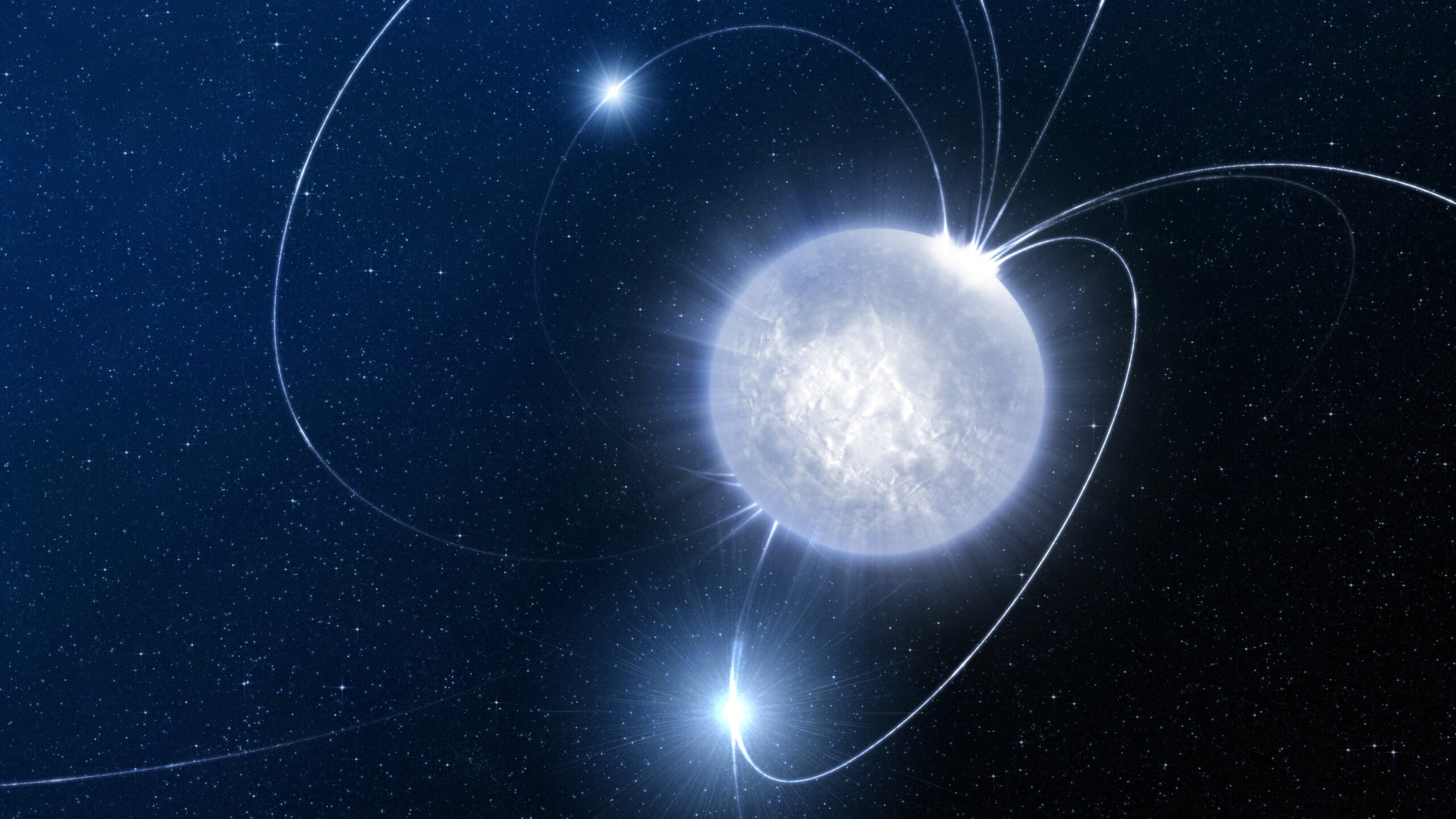|
Getting your Trinity Audio player ready...
|
The fact that neutrinos have mass indicates that there is physics beyond the Standard Model even though they are the least understood of all elementary particles. The study of neutrinos’ characteristics has taken decades. But there are still a lot of significant issues to be resolved. For instance, little is known about the neutrino-mass ordering and absolute mass scale. Additionally, we haven’t been able to accurately measure the CP phase in the neutrino mixing “PMNS” matrix. Neutrino masses’ makeup, i.e. whether they are Majorana or Dirac, is also unknown. The University of Utah hosted the 23rd NuFACT workshop, which covered recent advancements in neutrino physics, particle physics, and astroparticle physics from July 30 to August 6. In order to foster new connections between various disciplines and theorists and experimentalists, the workshop brought together experts from all of the top neutrino experiments to discuss theoretical aspects.
The topics of NuFACT2022 were divided into seven working groups: detectors; inclusion, diversity, equity; education and outreach; neutrino oscillations; neutrino scattering physics; accelerator physics; muon physics; neutrinos beyond PMNS. The latter was created at the workshop this year and has since been integrated into the series. There were three mini-workshops. One looked at the ideas for the ESSvSB (European Spallation Source neutrino Super Beam) project’s second phase, which the EU recently decided to continue funding for a further four years. In the second phase, new elements will be studied, including muon studies, accurate neutrino cross-section measurements, and sterile-neutrino searches.
Leading experts in neutrino physics and geosciences discussed how high-precision measurements of neutrino oscillation parameters may be impacted by Earth’s interior models during the two-day mini-workshop “Multi- messenger Tomography of the Earth,” which featured 22 talks. Participants also discussed the possibility of locating the core-mantle boundary, calculating the densities of the core and mantle, and determining the chemical composition of the core inside Earth using neutrino absorption at high energies (PeV-TeV) and neutrino oscillation at low energies (GeV). A third workshop focused on career development with the objective of enhancing early-career scientists’ communication and negotiating abilities.
There was a lot of discussion about the development of using neutrino-oscillation measurements to look for signs of new physics and symmetries in nature. Is the neutrino-mixing angle 23, which might suggest a new symmetry in nature, exactly 45 degrees? are some of the key questions that need to be answered. Is the PMNS matrix unitary, or could it suggest that there are extra neutrinos or that there is a major flaw in how we perceive the neutrino sector? Exist additional neutrinos besides the three active ones? Does the neutrino sector exhibit any signs of CP violation, or is it even maximal? Does the “normal” ordering of neutrino-mass eigenstates match that of quarks, for which the global fit data currently show a slight preference?
Leading experiments like IceCube, KM3NeT/ORCA, NOvA, Super-K, and T2most K’s recent findings were presented. The same data runs from the previous year were used in T2new K’s analysis, which included more information from samples of the near and far detectors along with updated cross-section and flux models. The joint fit results for T2K and NOvA data preferences on CP and sin223 are anticipated for late 2022. The most likely regions for the normal-mass ordering case are distinct, and there is a significant contour overlap of 1, but it is not possible to infer a preference for CP violation. T2K and NOvA contours for the inverted mass ordering case overlap and are in line with the neutrino sector’s maximum CP violation.
IceCube-DeepCore and ORCA have produced particularly competitive neutrino oscillation-parameter measurements using neutrino telescopes, and their accuracy is now on par with that of accelerator-based neutrino experiments. There were several theoretical facets of neutrino physics covered. One of the main areas of interest is still the Dirac or Majorana nature of the neutrino mass. Discussions of various see-saw mechanism types and their experimental effects were in-depth. In particular, the new FASER experiment’s LHC measurements and recent progress in Majorana neutrino tests using both neutrinoless double-beta decay experiments and tests were reported. The application of a potential muon collider to neutrino physics and the charged-lepton-flavour violation as links between neutrino and muon experiments were both extensively discussed. Future experimental findings, including those from the short-baseline program at Fermilab and JSNS2 at J-PARC, are eagerly awaited because the existence of sterile neutrinos and their characteristics continue to be of great interest to the field.
Alternative explanations for different neutrino anomalies were also discussed, including broader neutrino-based dark-sector searches. Particularly noteworthy is the excess of electrons with low energy at MicroBooNE. Improved event reconstructions are the main focus because they could reveal the origin of this anomalous excess. The anomaly has been explained using 3+1 oscillation analyses, which compare the results with those from other experiments and assume the existence of a single species of sterile neutrino. Although inconclusive, this anomaly raises a lot of intriguing questions that will spur further research. NuFACT2022 provided an opportunity to summarize the scientific outlook for the future of neutrino physics in the US and took place shortly after the Snowmass Summer Meeting in Seattle. There are ten topical groups on the neutrino frontier in Snowmass, with physics beyond the Standard Model and neutrinos as messengers emerging as the main areas of interest. There were also many potential connections between neutrino physics and other areas of physics highlighted.


